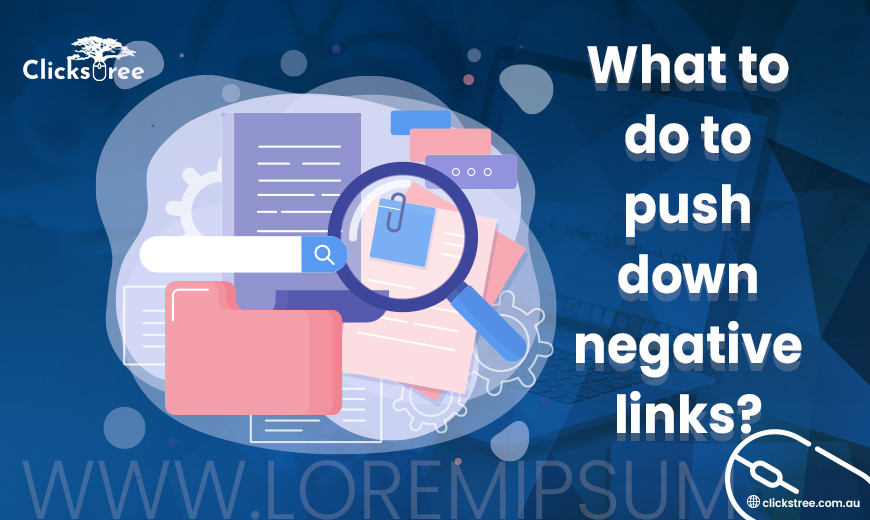
At the point when individuals look for your business, you likely accept that the main thing that springs up is your site, or your Google My Business posting. Lamentably, that is not generally the situation. Also, regardless of whether your favored postings do appear first in pursuit, some of the time there are different results beneath it that are not exactly ideal.
Regardless of whether it’s another review website with floods of not so good reviews, or it’s your rival’s (competitor’s) article that doesn’t want to grandstand your services and products in the best light, there are a few outcomes that simply don’t serve your image or brand.
Be that as it may, what would you be able to do? and how would you even realize that these negative reviews exist?
The importance of reputation management:-
How frequently have you come to know about a negative audit or blog entry from anybody excluding your friends? It’s dreadful, right? You need to be the first who finds those negative reviews, which implies you need a framework for reputation management on board. This could mean:
Regularly looking for your image or business name utilizing incognito: It sounds extremely undercover, however incognito just keeps the calculation from affecting your search results. Thus, you can perceive what others may see, paying little heed to search history or location
Instructions to Manage Negative Search Results
Suppose you play out incognito search for your company and you see a posting that has a not so complimenting review of your image. What’s your initial step? No, it’s not to spin out of control and report the site to the Google police (who just bring down postings for lawful reasons).
All things being equal, think about several factors:-
For what reason was the content made?
Was this new search result a response to a negative review of your brand? React to the negative comment graciously and offer some type of compensation if important (a discount, a refund, and so forth) Try not to anticipate that they would erase their comment, instead offer an expert reaction. Keep in mind, customers read reviews and answers, so keep it proficient and gracious.
Then again, a negative result might be arising because of a blog or update you must have posted. This can occur with some questionable or semi-questionable blog posts of yours, or in any event, for social media posts that are benevolent yet misjudged. If in case somebody is reacting to something you said or posted on the web, it’s likely best to bring down the post/update and to make the individual or gatherings aware of your decision of taking down the post.
Whenever that is done, you would then be able to demand that they should bring down their blog post or any social media content which has its reference. Obviously, try to always keep it professional with them and don’t remind them again and again of erasing their content mentioning your blogpost. That by and large prompts refusal.
Who is the owner of the content?
In the event that you discover a comment that is made by a genuine (verified) customer, you ought to react to that individual graciously and with certifiable interest in settling the issue. Tell them that you apologize for their awful experience (if significant) and offer an approach to ease the issue, for example a discount, a free product, and so on.
In the event that you discover a posting that is possessed by a contender, or by somebody who has not bought any of your product or visited your area, you can get in touch with them and respectfully demand that they erase their negative comment, or update it whenever they’ve gotten an opportunity to really utilize your product or services. On the off chance that you feel the individual/substance is a “savage,” or somebody who is simply presenting things on grounds of irritating you and others, it could be ideal to not connect with them by any means.
Whenever you’ve done some uncovering to discover who posted the content and why, you might have the option to get the posting brought down. In the event that they would prefer not to bring it down, however, it’s an ideal opportunity to move to Phase 2 of our negative indexed lists plan: driving that content further down in pursuit. We should dive into how.
Driving Negative Results Further Down in SERPs
The outcomes individuals see on the first page of Google (and other web crawlers) drastically sway their impression of your image. That is the reason it’s critical to such an extent that individuals see the great stuff — and less of the negative. Particularly if that negative content is uncalled for or wrong (#thankstrolls).
Create the content which needs to be shown more:-
Quantity and quality are the name of the negative-posting end game. In the event that you need your staggering client surveys to get seen in SERPs — as opposed to those negative ones — make (and upgrade) testimonial pages. You can likewise request more reviews on your Google posting or on different destinations, similar to Yelp or Amazon. The more these pages get refreshed, the more they’re ranked by Google.
What’s more, in case that you need to make an expertise for your image, distribute thought and industry leadership pieces on your blog or web page. Get highlighted on sites or digital recordings applicable to your crowd, and influence instruments like Help a Reporter Out to get your name in more places. Make a point to improve your pages and any highlights you have with connections to your site and brand-explicit metadata — and share it via your social media!


